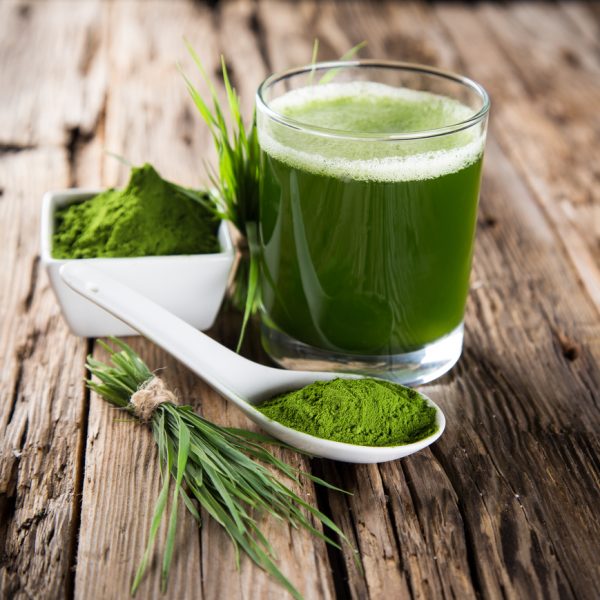-
How does it feel?
-
What can I use it for?

Spirulina (Arthrospira platensis) Spirulina is 60% protein and contains all the amino acids making it a complete protein that is easily digestible. It is rich in a wide range of essential nutrients including vitamin A, B6, B12, iron, magnesium, iodine and calcium. This makes it perfect for treating any form of nutritional deficiencies. It contains Beta Carotene (Vitamin A), a powerful antioxidant protecting against free radicals and strengthening the skin, B Vitamins and B12 which nourish the nervous system, help generate red blood cells, synthesise DNA and aid the metabolism of protein and fat. B12 especially helps with energy-yielding metabolism. It also contains iron which is vital for the health of the blood as it forms part of the haemoglobin protein which enables oxygen to be carried around the body.
Spirulina contains a special blue-green pigment called phycocyanin which is a powerful antioxidant that protects against free radicals. Phycocyanin also assists in nerve and brain regeneration by bringing together amino acids that nourish the creation and functioning of neurotransmitters.
Spirulina is also a source of Gamma Linolenic Acid (GLA) which helps promote certain prostaglandins that reduce inflammation and support immune function. GLA also prohibits excessive cellular division and nourishes brain cells.
-
Into the heart of spirulina

Spirulina power (Arthrospira platensis) Spirulina has a unique nutritional profile that makes it an excellent choice for those who require extra nutrition as a result of excessive exercise, stress or restrictive diets. It is a complete protein and contains all essential and non-essential amino acids in easily digestible forms. It is packed with vitamins and minerals including iron, all the B vitamins and Vitamin A as beta-carotene which support production of red blood cells, energy-yielding metabolism and healthy skin. Spirulina contains a special pigment known as phycocyanin which is a potent antioxidant that also supports neurotransmitter functioning in the nervous system and the brain.
Spirulina is a complete protein and contains a wide spectrum of essential nutrients, vitamins and minerals. Because it is easily digested, spirulina is excellent for any form of nutritional deficiencies and for use during convalescence.
Spirulina is a naturally high source of Gamma Linolenic Acid (GLA) which has a specifically nourishing effect on nervous and brain tissue, indicating it in mental fatigue and chronic degenerative conditions affecting the nervous system and the brain. The pigment present in Spirulina known as phycocyanin is a powerful and very protective antioxidant that has a regenerative effect upon nerve and brain tissue, making it excellent where there has been any nervous and or brain tissue damage.
Spirulina contains Beta-carotene and B vitamins which will regenerate red blood cells, indicating spirulina in any blood based deficiencies such as anaemia and where there may have been blood loss or contamination through injury.
Beta-carotene strengthens skin cells and is also a powerful antioxidant that will protect the skin from harmful damage caused by free radicals present in sunlight and/or from environmental pollutants.
-
Traditional actions
Herbal actions describe therapeutic changes that occur in the body in response to taking a herb. These actions are used to express how a herb physiologically influences cells, tissues, organs or systems. Clinical observations are traditionally what have defined these actions: an increase in urine output, diuretic; improved wound healing, vulnerary; or a reduction in fever, antipyretic. These descriptors too have become a means to group herbs by their effects on the body — herbs with a nervine action have become the nervines, herbs with a bitter action are the bitters. Recognising herbs as members of these groups provides a preliminary familiarity with their mechanisms from which to then develop an understanding of their affinities and nuance and discern their clinical significance.
-
Traditional energetic actions
Herbal energetics are the descriptions Herbalists have given to plants, mushrooms, lichens, foods, and some minerals based on the direct experience of how they taste, feel, and work in the body. All traditional health systems use these principles to explain how the environment we live in and absorb, impacts our health. Find out more about traditional energetic actions in our article “An introduction to herbal energetics“.
Western energetics
-
Did you know?
Spirulina is one of the earliest photosynthesising microscopic blue-green cyanobacteria evolving over 2 billion years ago.
Additional information
-
Safety
No drug-herb interactions are known.
-
Dosage
500mg-3000mg per day for maintenance and up to 9000mg per day for short periods (1-2 weeks).


































